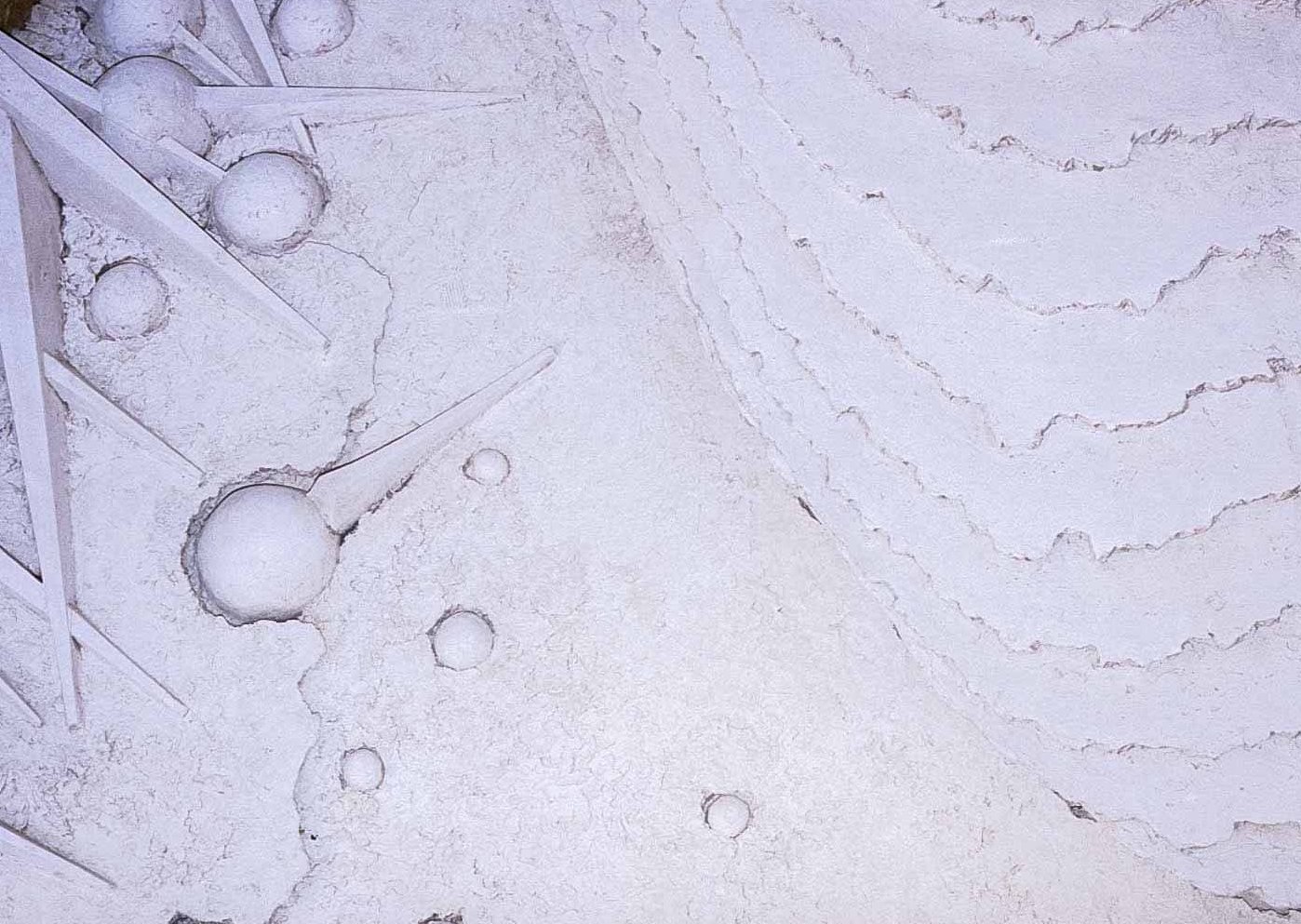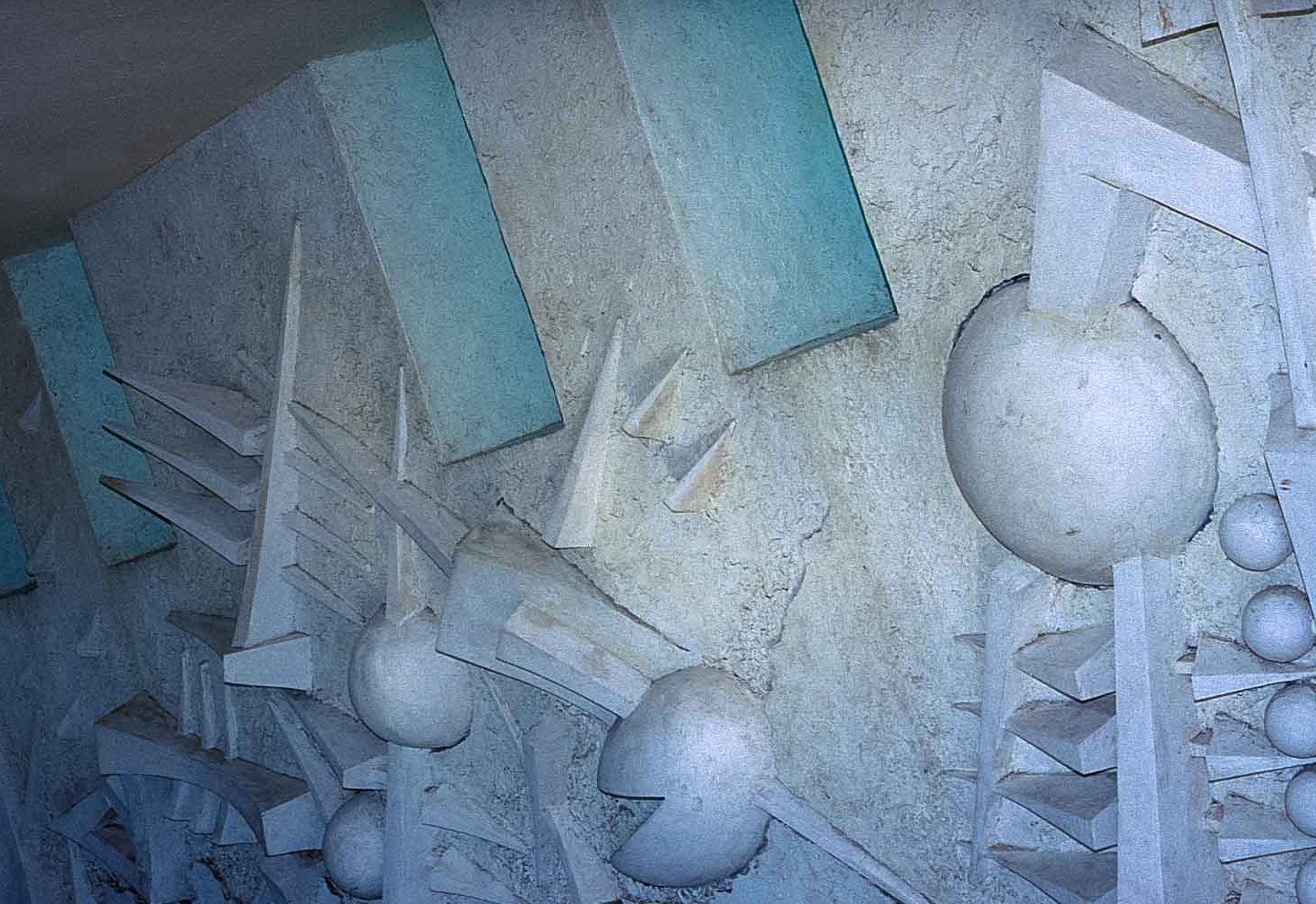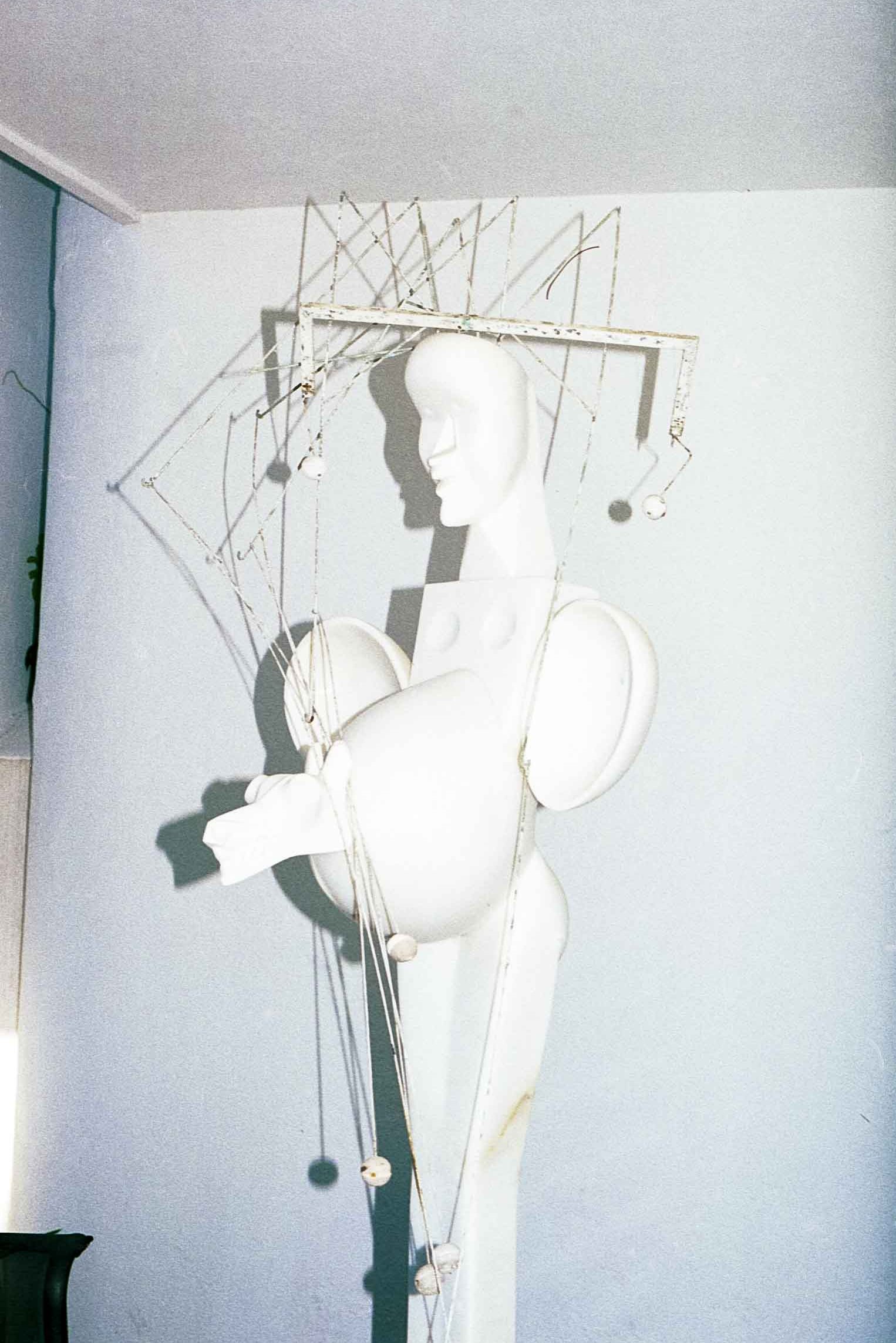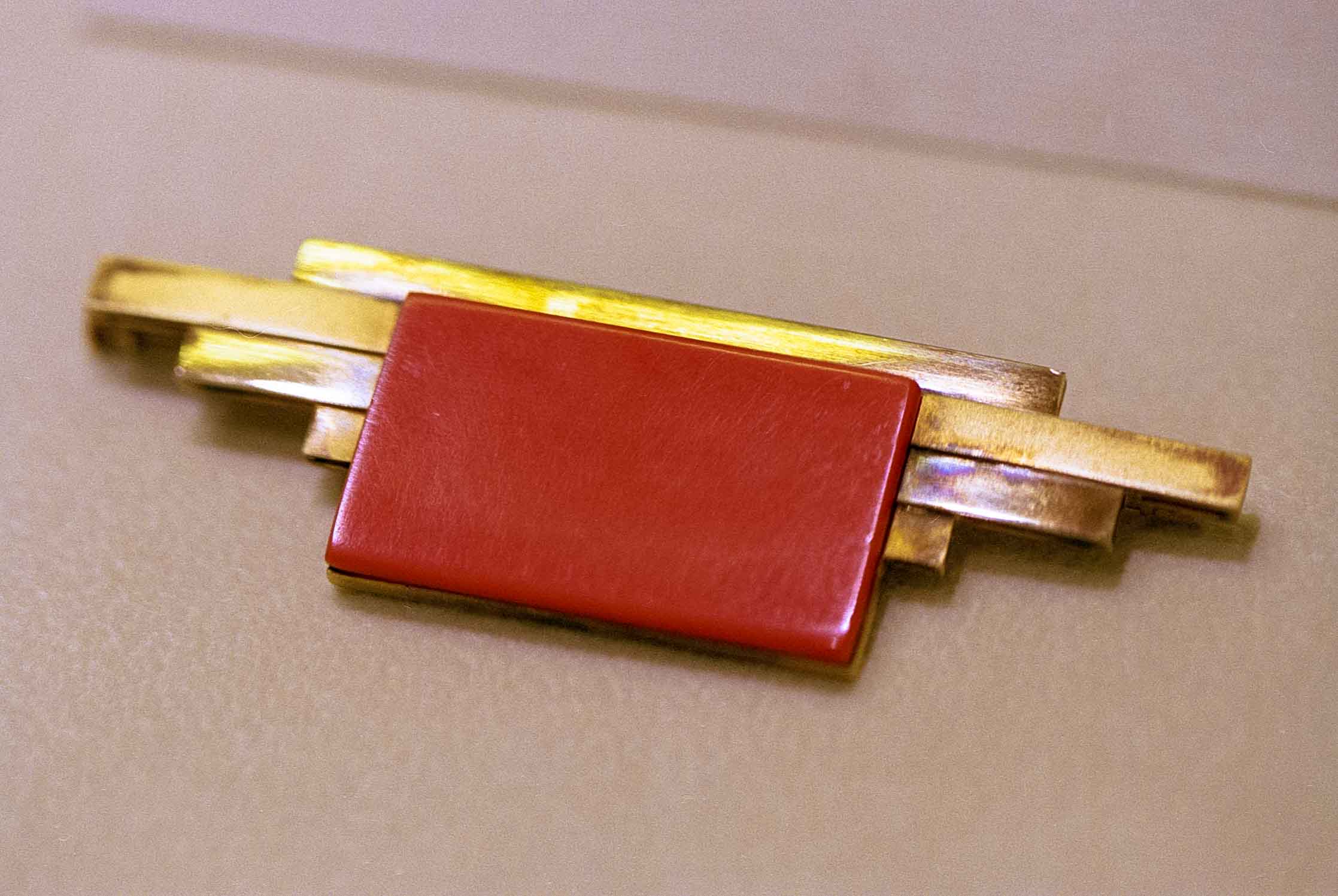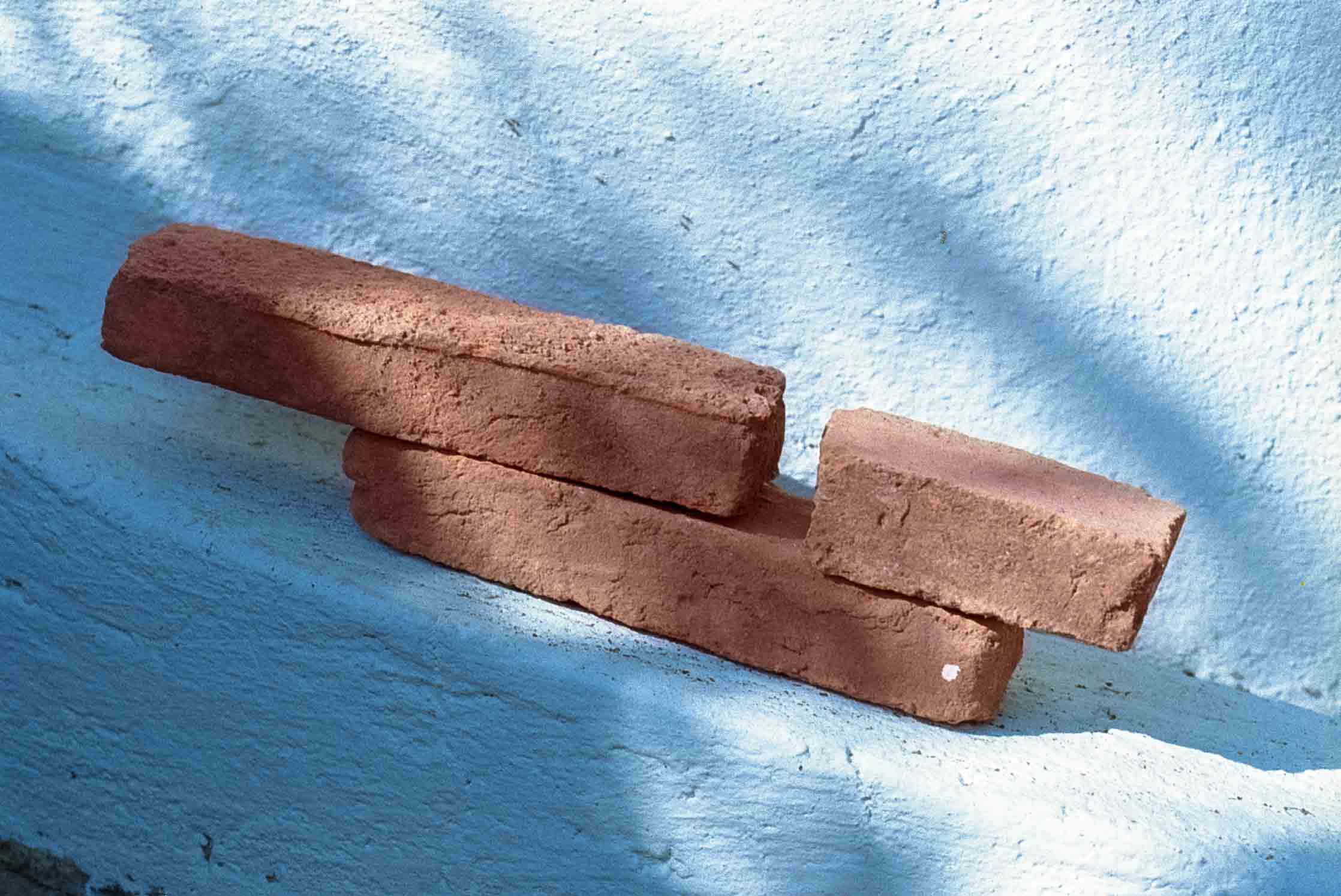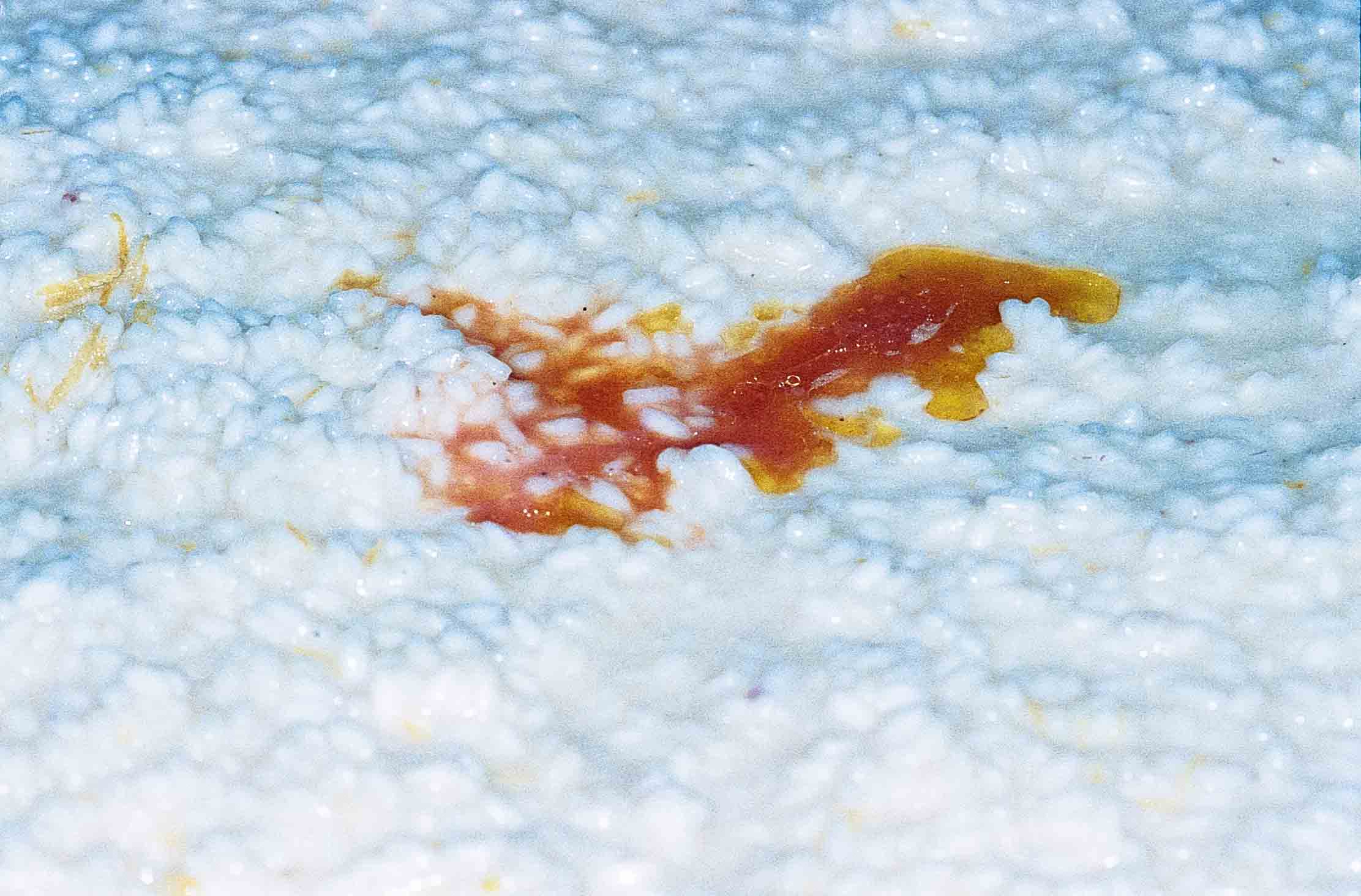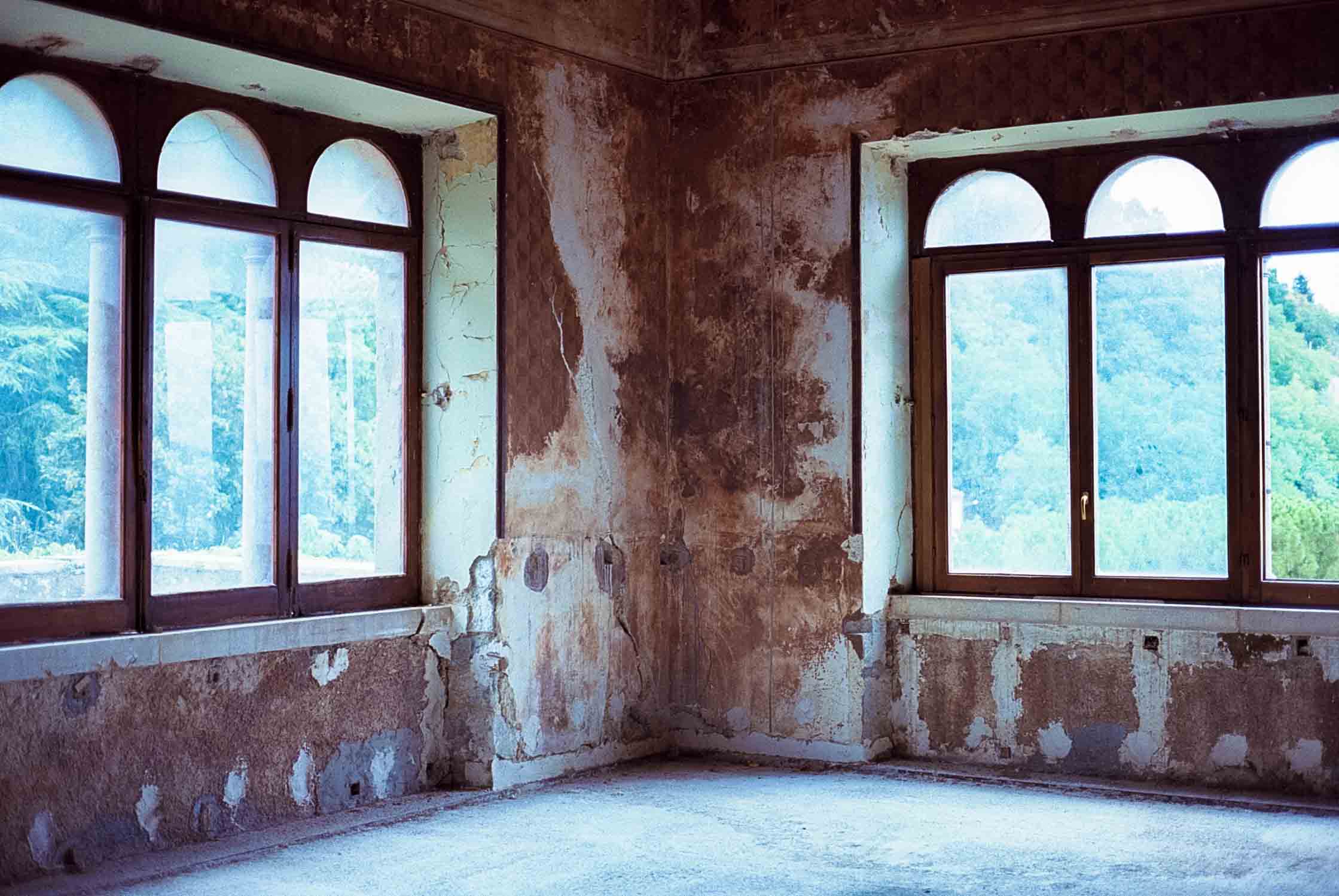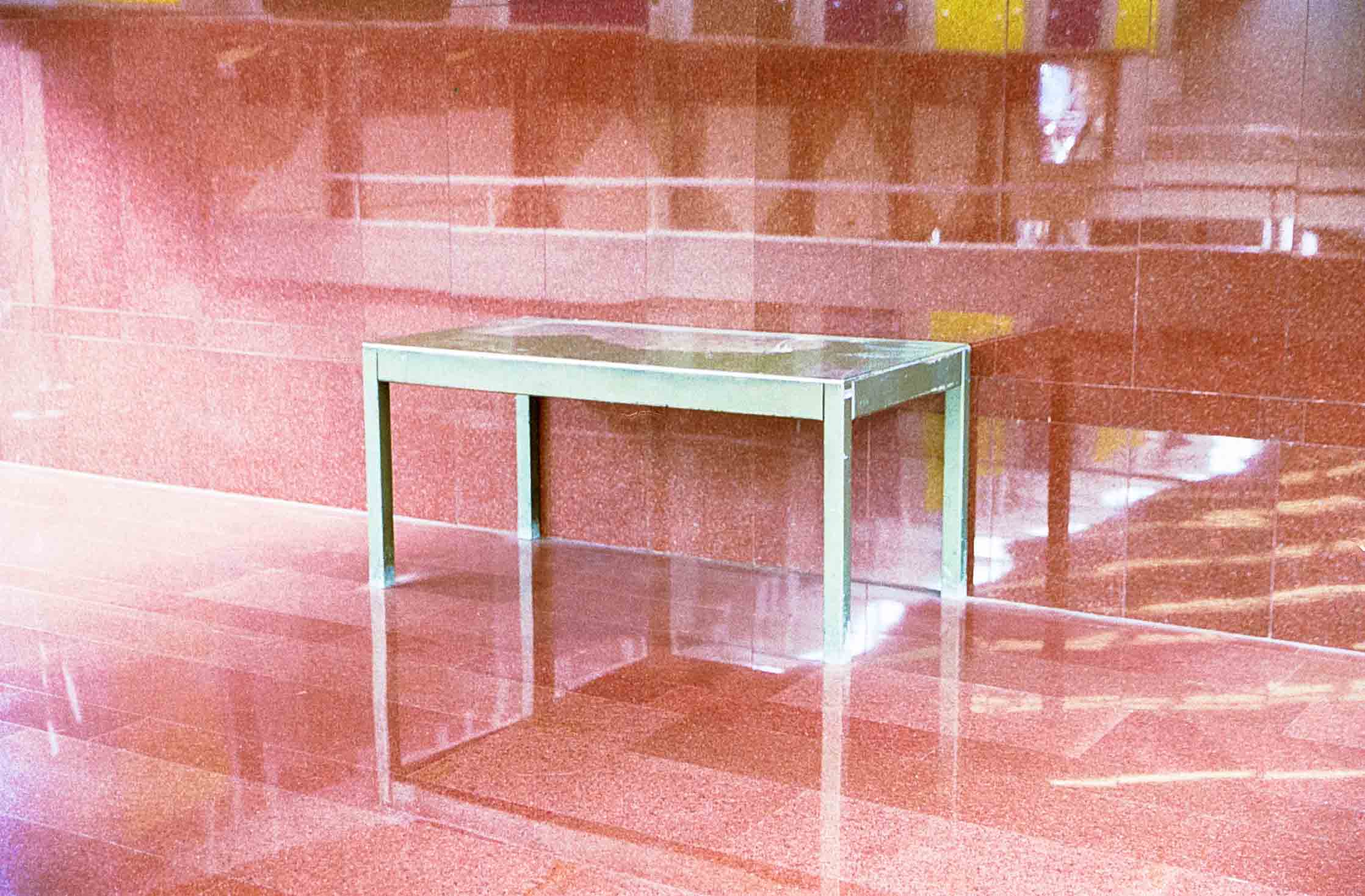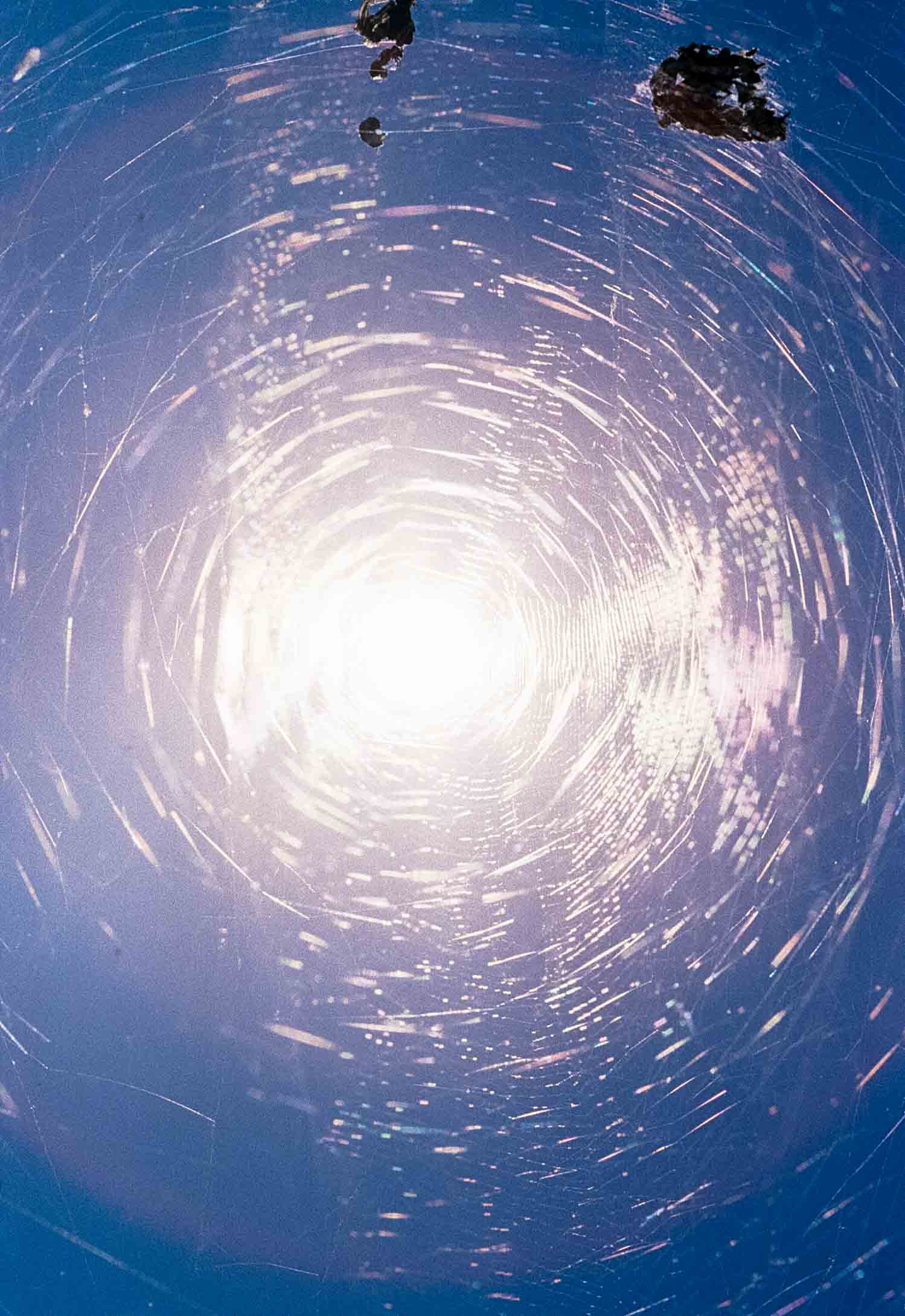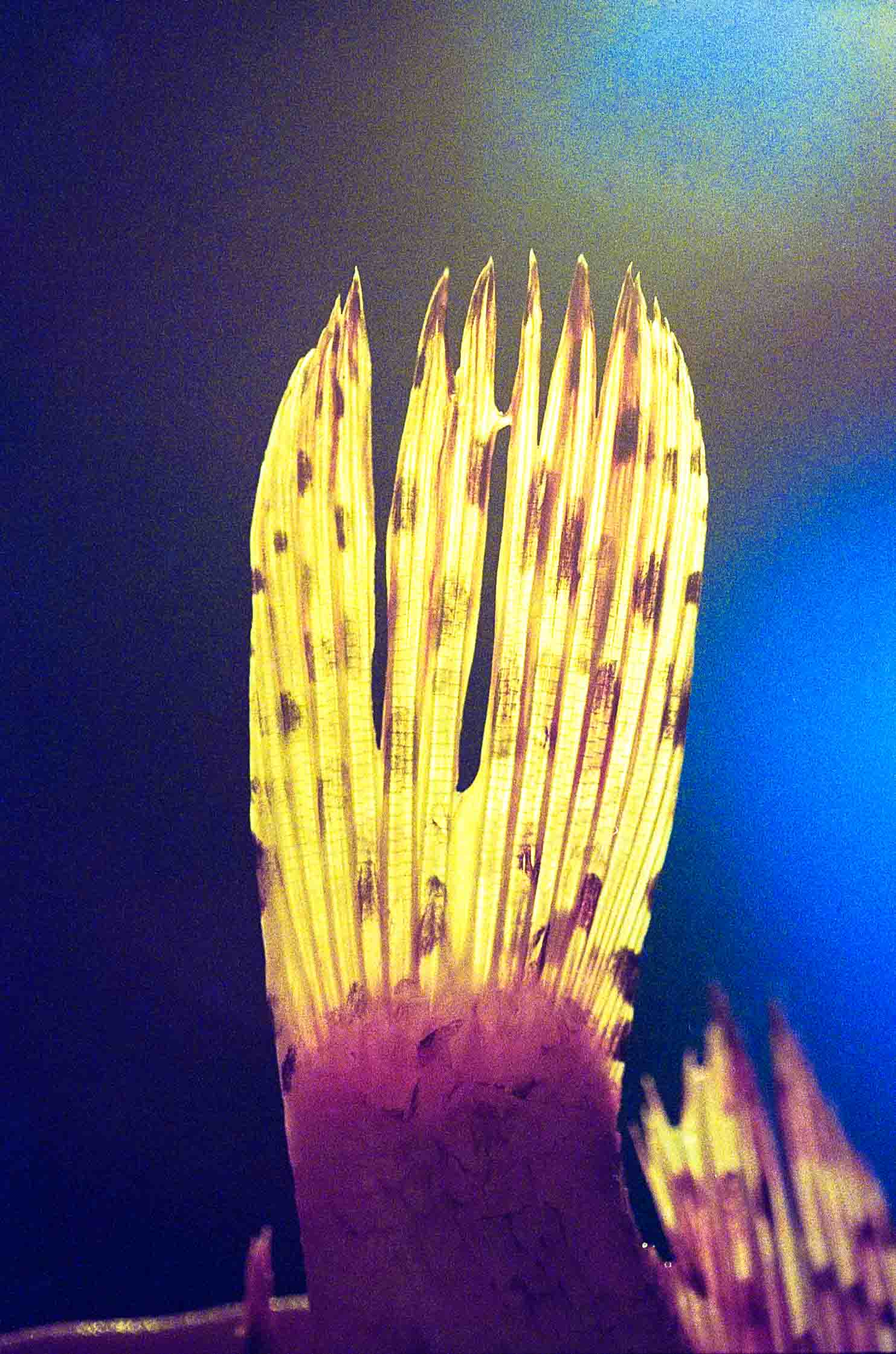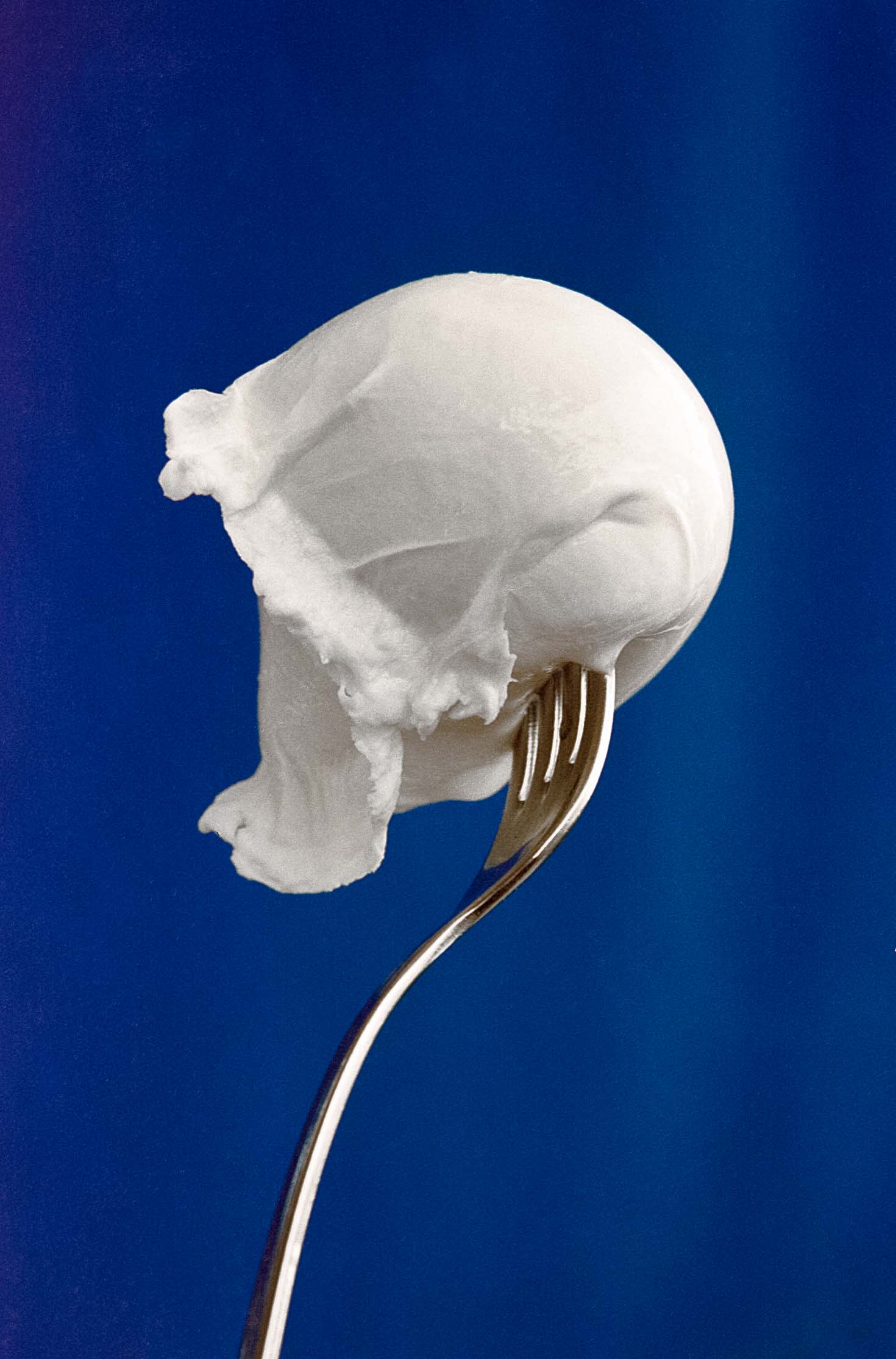Dear Vincenzo, as a native of Palermo, there are a series of issues that are close to my heart. And I think you, Neapolitan, native of the capital of the South, might be able to set things straight better than one who is mired in the emotional bedlam of Sicily. The first concerns what has changed, after the virulence of these past months, for us who chose Milan as the place to “do things”. I can tell you straight off that for me it’s changed a whole lot. I see Milan as a place that gives me more doubts than certainties. After being forced to stay in Palermo during lockdown, I started to think that there’s a dimension of natural and historical beauty that I find hard to give up. I think: but, apart from the networking, what does Milan have to give the people who live there? Its geography, its climate, its monuments are the outcome of a calculation gone wrong. The location is ill-placed, the pollution incurable, the city has grown up with an idea of mediocre efficiency or snobbish luxury that has little to do with the rest of the magnificent country surrounding it. Tell me what you think and then I’ll roll out the other issues.
Dear Franco, my feelings are similar. I’m in Naples and life as a whole seems more relaxed, richer, above all the relationships aren’t marked by that success anxiety meaning that all talk predominantly revolves around doing, doing, doing. Here there’s a day-to-day dimension that gives space to such different things. I read a piece by Nicola Lagioia that underlined this different characteristic of the South: the further South you go, the lighter your thoughts get. Now Milan really does look like a boxer on the ropes. Perhaps this idea that you constantly have to perform is something like a sort of Rocco Siffredi complex: permanent performance anxiety. After the pandemic, this anxiety seems to make less and less sense.
And yet, me a seventy-year-old and you a fifty-year-old are the demonstration that the South wasn’t enough for us. We went elsewhere to look for a place where we could shake off our ties, which were nice but at times just too suffocating. I left when I was twenty, you a bit later. We’re not really emigrants, Milan gave us the impression of a city that you didn’t have to belong to.
Yes. Milan is a mishmash of differences, no one is an emigrant, it’s a field where you play as individuals. But things have changed. After us, the school leavers came from the South clutching their diplomas, having decided that there was almost automatically nothing to do in Campania, Puglia, Sicily or Calabria. They’d come to Milan to get straight on that wave where it seemed the present was being created. Now the pandemic made them escape and, like you, they seem to be wracked with doubts about going back.
Ecco, perché effettivamente qualcosa si è rotto, per loro, per gli stranieri, i tantissimi cinesi che erano venuti a studiare a Milano. E non è chiaro se questa rottura potrà essere superata. È come se improvvisamente si fosse rivelata l’evidenza di quello che il mito di Milano, quello che si era ingigantito negli ultimi anni, nascondeva. Chi pensava che Milano fosse l’avanguardia delle città europee ha scoperto di trovarsi dentro un giocattolo vecchio, non adeguato alle sfide eco-sanitarie, alla vivibilità, un posto che non ti difende, che non ti offre la ricarica, ma che invece è pericolosamente legato a una logica post-industriale finita.
That’s right, something really has snapped, for them, for the foreigners, all the Chinese who’d come to study in Milan. And it’s not clear if it can be fixed. It’s as if the evidence hidden by the myth of Milan, the one that had exploded in recent years, has suddenly come to the surface. Those who thought that Milan was the cutting edge in European cities have found out that they’re in an old toy that’s not up to the challenges: of the environment, health, liveability. It’s a place that doesn’t defend you, doesn’t recharge you, but is instead dangerously tied to a rickety post-industrial logic.
Yes, I find this myth thing disturbing. Milan has built the myth of a stand-alone city detached from the rest of the country, a driving force that made sense by itself, the idea of a place where ideas are paid for and always have an air of the superfluous about them. An interesting design, but disengaged from the biggest and most urgent topics of our time. So, the cult of its own legendary status has broken Milan away from the rest of the country and, now, the country seems to have pushed this place, with its lingering aura of infection, to one side.
As southerners, doesn’t it seem to you that the North of Italy has never shown much intelligence towards the South? I mean, and this conceals other doubts, nineteenth-century France had a very clear vision of Naples, and so Eiffel worked there just the same as he did in Paris. Naples was the Mediterranean dream of Europe, in the same way as Sicily was the dream of the nineteenth-century Jewish, Swiss, Austrian and German aristocracies. Europe dreamed of the Mediterranean through the South of Italy and taught this to Garibaldi and Cavour who took this lesson to heart. Today the North of Italy has no vision of the South of the country.
It’s true. If you look at the entrepreneurs of the North, post-Covid, they could be investing massively in the South, because you really do live better there, but they’re not. The industrialists and entrepreneurs of the North don’t have a vision of the country. Their thoughts of the South only stretch so far as folklore, holidays, the Mafia – among other things, while knowing that the blights of the South, from the ’Ndrangheta to the Camorra, have more than just a foothold in the North.
Let’s talk about something more specific. Do you think that Milan is still an important place for contemporary art?
My impression is that, from this point of view, Milan is less productive than Naples. In Naples there are artists, workshops, studios producing interesting and very European works. Perhaps Naples is the only city in Italy where art made a stronger appearance at very time when the politicians were less attentive to defending its reasons for being. But perhaps Naples is the only city in our country where art tends to “become normalized” when the institutions show greater attention to its “rights”. Milan doesn’t have a true contemporary art museum, the role of the public institutions is uncertain, lacking, and in the end, the Fondazione Prada seems to be one of the few places where interesting situations are happening. There’s a stumbling block here, a lack of circulation, exchanges of opinions, dialogue. Contemporary art is missing a public dimension.
So, what can we do? I think that now is the time to take a truly radical stance. To be tough with Milan, “oublier Milan”, and ask the question: are we sure that it really still is so central, today, in the face of climate change, the Chinese challenge of urban modernization? Like Milan, Shenzhen isn’t exactly gorgeous, but it has a fleet of 100% electric cars (for 20 million inhabitants), and, above all, plans for a general ecological revamp. Instead, it seems that Milan wants to get away with the odd quick-fix solution, as if the pig farms surrounding it, the toxic fumes coming in, from as far away as Bulgaria even, didn’t exist. Maybe we should close down this city, move it somewhere else. I’m saying this as an ex-fan of the multi-ethnic air that you could breathe there. You have to be radical, change it radically, or the “boxer on the ropes” as you call it really will carry on taking the blows, waiting for the final uppercut to arrive.
